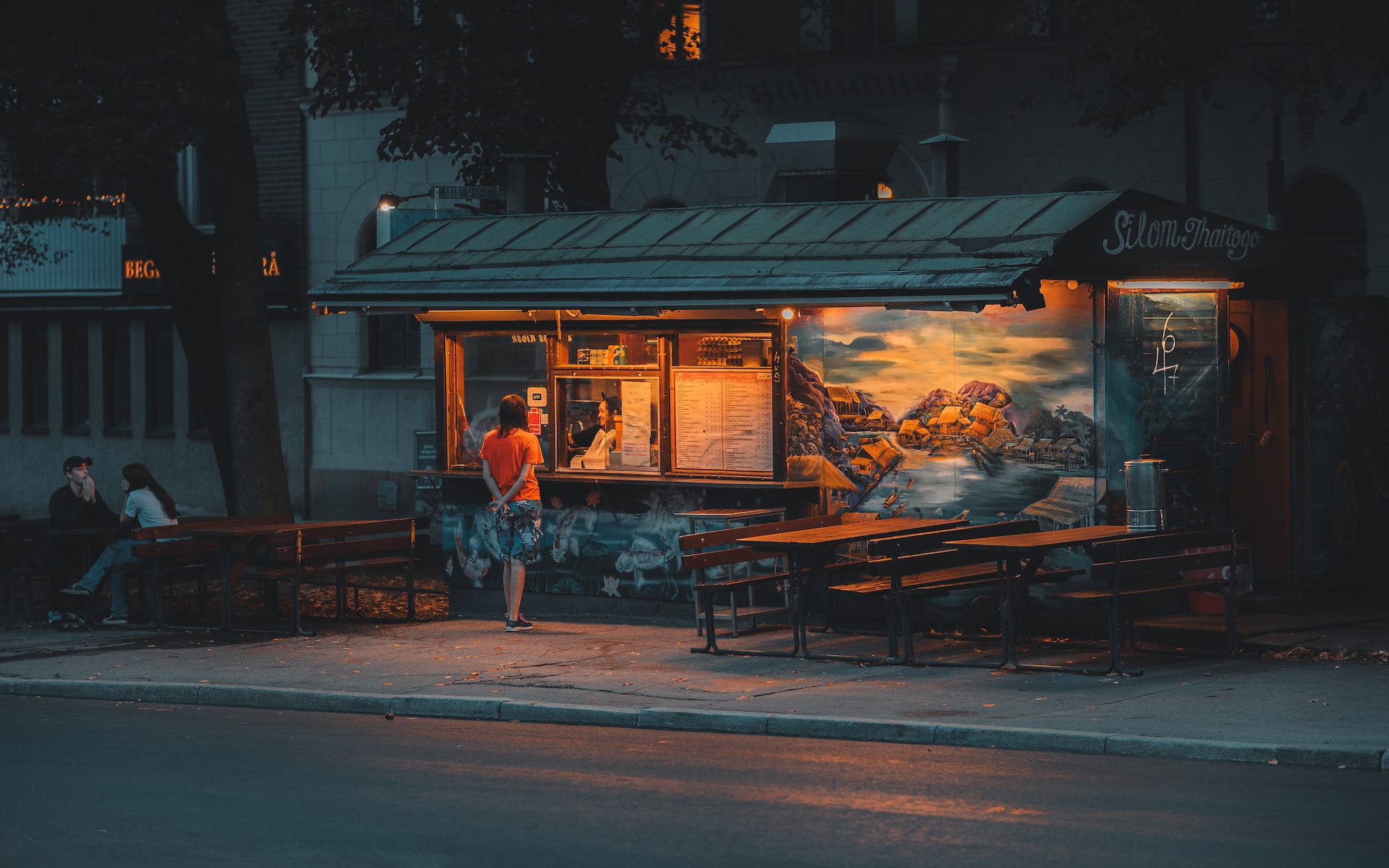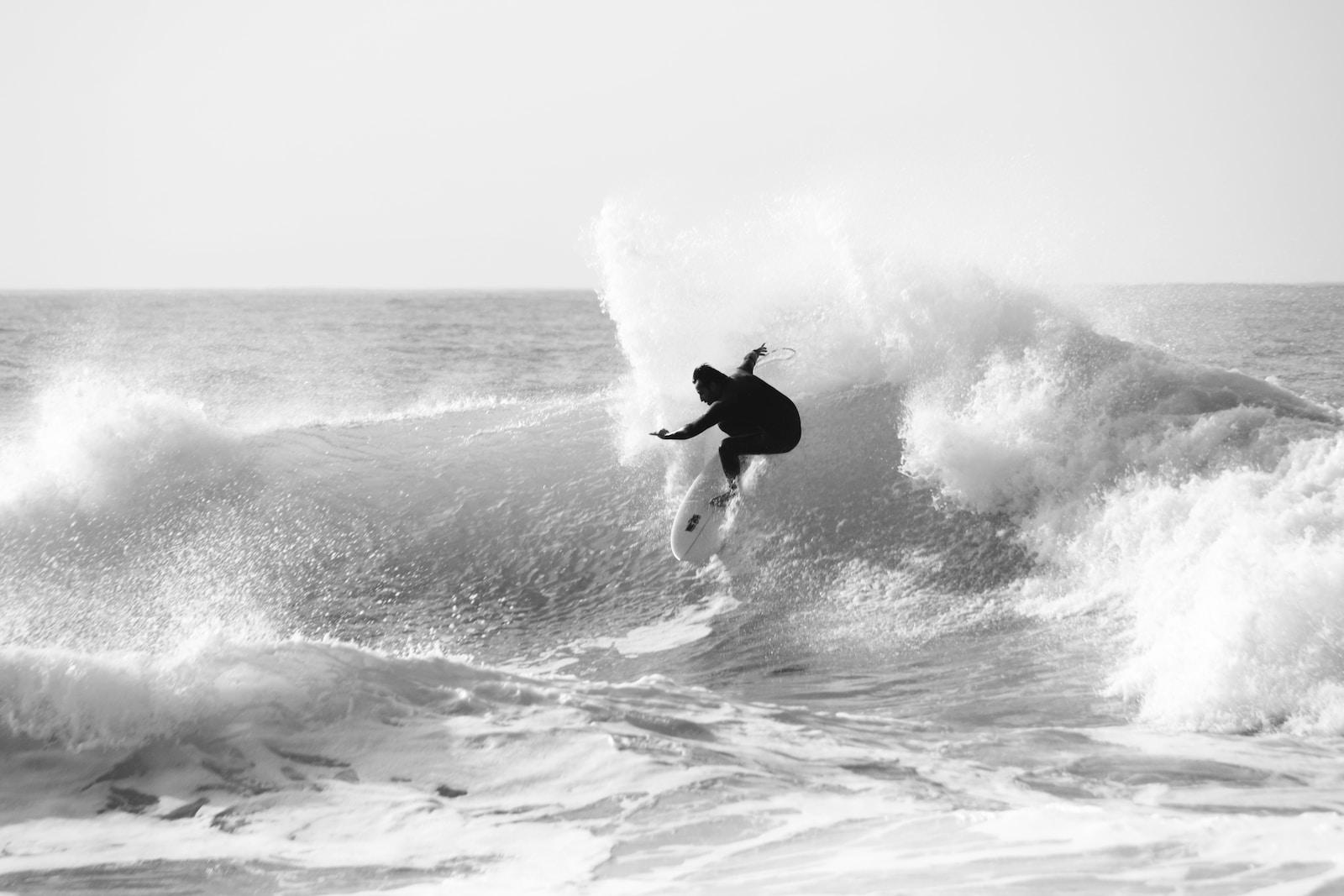Architecture is an art form that combines aesthetics, functionality, and cultural significance. Photographing architecture allows us to capture and preserve the stunning beauty of these structures, showcasing their unique design elements and paying homage to the architectural genius behind them. In this article, we will explore various techniques for capturing stunning architectural images, including tips for composition, perspective control, and emphasizing unique design elements.
Composition: Framing the Perfect Shot One of the key aspects of architecture photography is composition. The way you frame and position your subject within the frame can greatly impact the final image. Here are a few tips to consider:
- Find a strong focal point: Look for an interesting feature or design element that can serve as the main focus of your composition. It could be an intricate doorway, a unique window, or an impressive facade.
- Use leading lines: Architecture often features lines and patterns that can guide the viewer’s eye through the image. Utilize these lines to create a sense of depth and perspective. Examples include staircases, railings, or the convergence of buildings.
- Play with symmetry and balance: Many architectural structures exhibit symmetrical designs. Utilize symmetrical compositions to create a sense of harmony and balance. Experiment with central placement or off-center positioning for a more dynamic effect.
- Incorporate the surroundings: Consider including the surrounding environment to provide context and a sense of scale. This can add depth and interest to your photographs.
Perspective Control: Tackling Distortion Architectural photography often presents challenges related to perspective and distortion. To capture buildings accurately, it’s important to address these issues effectively. Here are some techniques to consider:
- Use a tilt-shift lens: Tilt-shift lenses allow you to control perspective and minimize distortion. They can correct converging vertical lines, commonly known as the “falling building” effect, resulting from photographing tall structures from ground level.
- Correct in post-processing: If you don’t have access to a tilt-shift lens, you can correct perspective distortion in post-processing using software like Adobe Photoshop or Lightroom. Tools like the Perspective Crop and Transform can help straighten lines and adjust the overall perspective.
- Experiment with angles: Change your shooting position and angles to find the most visually pleasing composition. Capture the building from different heights and viewpoints to highlight its unique features and character.
- Consider long exposures: Long exposures can create a sense of motion and drama in architectural photography. Experiment with capturing light trails from moving vehicles or people to add an extra dimension to your images.
Emphasizing Unique Design Elements: Details Matter Architectural photography allows you to showcase the intricate details and unique design elements of buildings. Here are some tips to emphasize these features:
- Pay attention to light: Light plays a crucial role in emphasizing textures, lines, and shapes. Observe how the light interacts with the building at different times of the day and experiment with capturing the most flattering lighting conditions. Soft, diffused light during the golden hours (shortly after sunrise or before sunset) often works well for architectural photography.
- Highlight textures and patterns: Architecture often features interesting textures and patterns. Zoom in and capture these details up close to create visually engaging images. Be mindful of the quality of light falling on these textures to enhance their depth and dimensionality.
- Experiment with black and white: Converting architectural images to black and white can help accentuate shapes, lines, and contrast, emphasizing the graphic nature of the structures. It can also add a timeless and artistic quality to your photographs.
- Use reflections creatively: Buildings often have reflective surfaces, such as glass facades or water bodies nearby. Utilize these reflections to create unique and captivating compositions. Experiment with different angles and perspectives to capture intriguing reflections that add visual interest.
Conclusion Architecture photography provides us with an opportunity to appreciate and document the beauty of buildings. By paying attention to composition, controlling perspective, and emphasizing unique design elements, we can capture stunning architectural images that evoke a sense of awe and admiration. Whether you’re photographing grand landmarks or hidden architectural gems, remember to experiment, be patient, and let your creativity shine through the lens.





